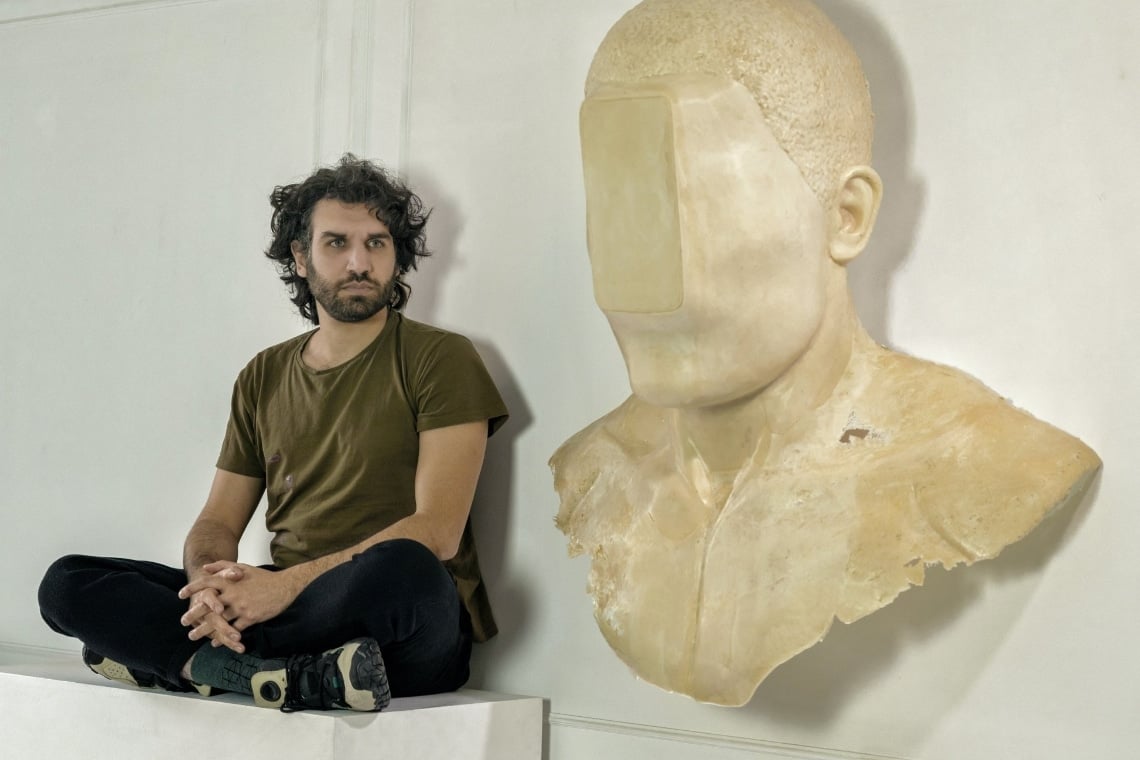The Italian artist Federico Clapis entered the world of NFTs in February 2021 and within a few months, he had sold all his works, selling his latest work in the form of a non-fungible token for $70,000 (26.6 ETH to be precise).
The work of Clapis is a type of art that circumvents the categories established by W. Benjamin, i.e. art that does not coincide with the concept of “technical reproducibility” but which exposes the means of technology as narrative subjects and objects.
Looking at the works as a whole, what transpires is undoubtedly a marble-like plasticity that manages to go beyond the screen: the screen is the narrative object of the sculptures by Clapis and, at the same time, a narration that brings together and distances the subjects of the sculptures and the observer.
In “Addolorata concezione” (2018), there is an image of a woman, alluding to the Virgin Mary, in the classic pose of a mother holding an absent son in her arms: it is a son who is not tangible in her arms, whom she perceives only in the screen of her 3D viewer, believing that she has him there with her, physically.
The almost universal identification of the technological generation with the woman is emblematic: a generation that lives in the digital, that perceives reality solely through the screen, through a simulacrum such as technology.
The work “touch scream” (2018) is a portrait of the generation of millennials: two figures who materially emerge from their notebooks, trying to touch and listen to each other without succeeding. What is absent is physical-material contact, directly involving hearing and touch, even though technology certainly enables other forms of interactivity and social inclusion.
Thus, technology both brings us together and distances us: it brings us closer to the idea of motherhood, to the idea of friendship and alludes to a distancing from reality.
Federico Clapis and the world of NFTs
Can the digital world connect us to ideas but separate us from reality? This is how such a natural concept as motherhood is changed into a longing.
Reality becomes as (non)fungible as art itself.
Technology as a simultaneous means of separation and union: with the emergence of NFTs, the possession of a good is equivalent to owning its digital image, in a world that is so parallel to reality, that it tends to be more concrete because it is validated by the economic and artistic value that the work that is purchased takes on.




